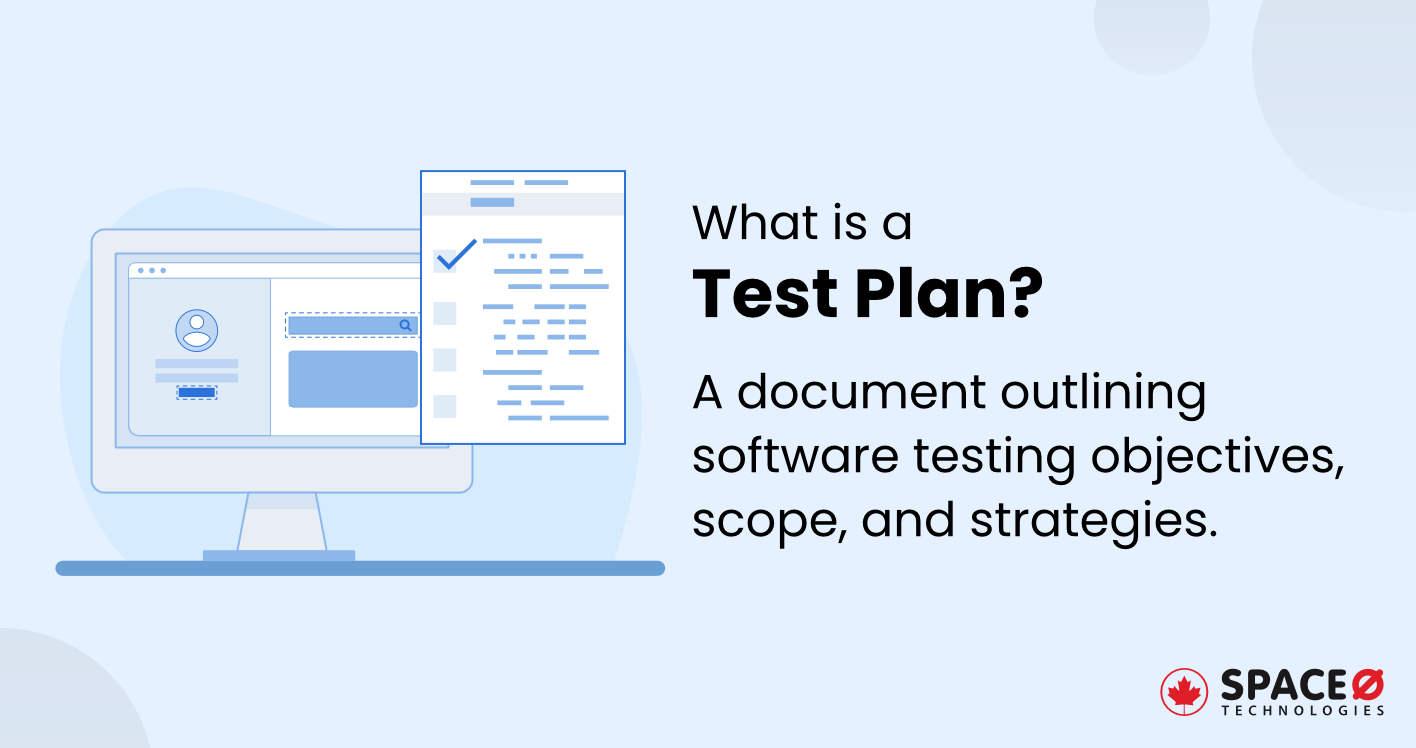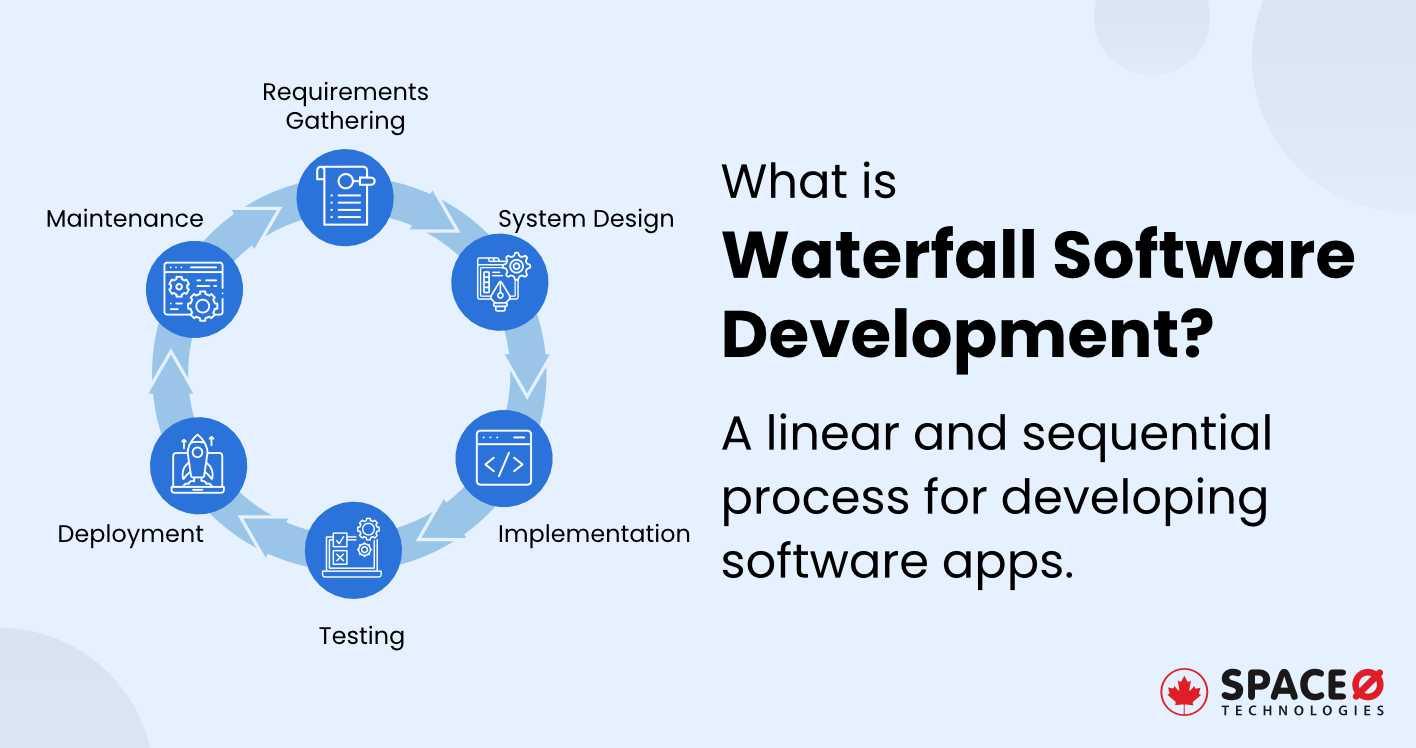
What is a Software Product? [Definition + Types Explained]
Table of Contents
What is a Software Product?
A software product is a complete package of computer programs developed for end-users to solve specific problems. Software products can be commercial, open-source, or proprietary. Software developers build software products for multiple purposes which include:
- Business Applications: A software product like an accounting system, customer relationship management (CRM) solution, and enterprise resource planning (ERP) system.
- Operating Systems: Software programs that run on a computer’s hardware and provide services for running computer programs.
- Educational: Learning management systems, educational games, and e-learning platforms.
- Web Applications: A software product that functions on web servers and is accessible from a web browser. A few examples are eCommerce platforms or social media websites.
- Embedded Systems: A software product to run on specific hardware, such as firmware in devices like routers, smart TVs, or microwave ovens.
Software products are created using a software product development process that includes phases like requirements analysis, design, implementation, testing, deployment, and maintenance. As the process of software development is completed, the software is deployed to end-users via app stores, web downloads, or cloud platforms.
The value of a customized software product lies in its ability to solve specific problems, improve efficiency, or enable new capabilities for its users.
What are the Types of Software Products?
A software product can be classified into three categories, such as system software, application software, and specialized software. Let’s understand each type of software product in detail.
System Software
System software product manages and interfaces with the underlying computer hardware. A system software product acts as an intermediary between hardware and application software.
- Operating Systems: The software packages that help to run computer resources and hosting applications. Windows, macOS, iOS, Android and Linux are examples of operating systems.
- Device Drivers: Software programs that enable the operating systems to communicate and get output from hardware like network adapters or printers.
- Utilities: Small programs that optimize, maintain, and manage computer performance. Utilities perform tasks like disk defragmentation, memory optimization, data backups and computer diagnostics.
Application Software
The application software product is designed to enable users to perform tasks and produce content. Let’s learn about most types of application software products.
- Productivity suites: Office software for document creation, data management and communication. Examples are Microsoft Office and Google Workspace.
- Graphics and media: Software for photo, video and design work. Examples are Photoshop, Premiere Pro and AutoCAD.
- Educational: Learning platforms like school management systems, language apps and tutoring software. An example of a custom software product is Duolingo.
- Entertainment: Gaming, streaming and digital media platforms. Examples include Steam, Spotify and Netflix.
Specialized Software
A specialized software product serves a specific organization or industry as follows:
- CRM (Customer Relationship Management): Tracks customer interactions and manages sales processes. Example: Salesforce, HubSpot.
- ERP (Enterprise Resource Planning): Integrates business processes across departments. Example: SAP, Oracle.
- CMS (Content Management System): Facilitates content creation and publishing. Example: WordPress, Drupal.
- POS (Point of Sale): Manages retail transactions, inventory and reporting. Example: Shopify POS, Square.
- LMS (Learning Management System): Delivers and tracks e-learning. Example: Moodle, Canvas.
Moreover, as per the requirements, users can build a software product tailored to their requirements. This categorization covers the major types of software available. The key is choosing software aligned to your business needs or your client’s needs.
What are the Distribution Methods for Software Products?
Software products reach end users through multiple distribution methods. Let’s check about each in the following section.
Physical Media
Prior, software products were commonly distributed via physical media like CDs, DVDs or floppy disks. This allowed packaging of the software files, installers and documentation to be given to users. However, physical distribution has declined due to faster internet speeds for downloading and the rise of cloud delivery. Physical media is still used for things like video games where fans want tangible copies.
Downloads
Allowing users to download software product installers directly from the vendor’s website is a popular distribution model. Downloads provide user access immediately after purchase and avoid physical production and shipping costs. A large software product install files can be inconvenient for users with slower internet connections. Download managers help resume interrupted downloads.
Cloud Delivery
Cloud platforms have transformed software distribution by hosting software products on remote servers and delivering them over the Internet. This online software as a service (SaaS) approach offers more flexible access, continuous updates, and offloads infrastructure management to vendors. However, cloud delivery relies on consistent internet connectivity. Hybrid models allow some functionality offline.
Pre-installed Software
Many devices now come with essential software pre-installed by the device manufacturer or operating system provider. A pre-installed software product saves users from obtaining basic software separately. However, pre-installed software products can consume storage space, may not be the user’s preferred software and frequently include bloatware promoted by device vendors.
Examples of Software Products
Let’s learn about the different examples of software development for specific purposes.
- Microsoft Office – This popular productivity suite includes word processing, spreadsheet, presentation, email and database programs used by individuals and businesses. Flagship products include Word, Excel, PowerPoint, Outlook and Access. Office runs on Windows and MacOS. Subscription plans allow regular updates.
- Adobe Photoshop – The industry standard photo editing and graphics software. Photoshop provides powerful tools for image manipulation, compositing, illustration and design. The main users are photographers, graphic designers and web and software developers. Known for innovations like layers and filters.
- Slack – A widely used workplace collaboration and communication platform or product management. Slack features text chat rooms organized by topics, private groups and direct messaging. Integrates with many work apps. Provides searchable message archives. Usage surged with remote work.
- Zoom – This video conferencing tool became hugely popular during the COVID-19 pandemic for meetings, webinars and remote events. Key features include screen sharing, virtual backgrounds and large meeting capacity.
- WordPress – The most popular content management system powering over 40% of all websites. WordPress provides easy content creation and publishing using themes and plugins. Vast third-party ecosystem. open source with a large developer community.
- Skype – A pioneering video and voice calling application. Skype-enabled free calls between users over the internet. Additional features include group video calling, screen sharing and text chat. Usage declined due to competition from apps like Zoom.
In conclusion, software products help us in many ways, from running our computers to doing specific tasks. Today, instead of CDs, we often get software online. With popular ones like Zoom and WordPress, we can see how they shape our daily tasks.
All our projects are secured by NDA
100% Secure. Zero Spam
*All your data will remain strictly confidential.
Trusted by


Bashar Anabtawi
Canada
“I was mostly happy with the high level of experience and professionalism of the various teams that worked on my project. Not only they clearly understood my exact technical requirements but even suggested better ways in doing them. The Communication tools that were used were excellent and easy. And finally and most importantly, the interaction, follow up and support from the top management was great. Space-O not delivered a high quality product but exceeded my expectations! I would definitely hire them again for future jobs!”

Canada Office
2 County Court Blvd., Suite 400,
Brampton, Ontario L6W 3W8
Phone: +1 (437) 488-7337
Email: sales@spaceo.ca




